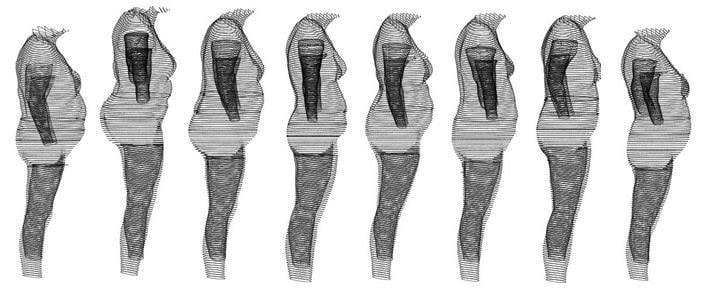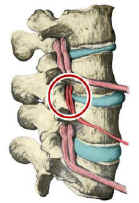"It's going to be great when (fill in the blank)."
Not true. This common deception has us ignoring the present (the only place where we have any influence) in favor of trying to live in the future. This creates a way of being that either puts us on the sidelines; killing time waiting for the future to arrive, or causes us to rush headlong past unsmelled roses, bulldozing our way into the future.
Just remember that you'll be taking you with you into the future.
Your dissatisfaction with the present will most likely produce an unsatisfying future. So, if you're unhappy, fearful or stressed today, you're likely to be unhappy, fearful or stressed then. That's because everything is first conceived spiritually before it manifests physically.
Once you sow spiritual seeds of gratitude and appreciation for your current circumstances, regardless of what they are, your future will brighten. As will your present.
-Monday, December 14, 2009
William D. Esteb
mmm@patientmedia.com
How many times do we apply this mentality to our daily lives? I'm sure we all 'put off today what can be done tomorrow' but what happens when we do this regarding our health? The effects can be seen all around us in staggering rates: chronic illnesses caused by lifestyle choices such as Type II diabetes, high cholesterol and even many cancers. Exercising, eating a balanced diet, taking time out to meditate/pray, getting enough sleep...I know it can seem overwhelming. But if we challenge ourselves to make more good choices everyday we will reach the goal. This is why regular chiropractic adjustments are beneficial to your overall health. When your body has less stress on the nervous system it is better equipped to handle the daily life stressors we all encounter. So remember, you don't have to have back pain to show up at my office...we are happy to see you when you're feeling good so we can keep you that way!
Best Wishes,
Dr. Kaci

 Polio is spreading in Nigeria -- and health officials say in some cases it's caused by the very vaccine used to fight the paralyzing disease.
Polio is spreading in Nigeria -- and health officials say in some cases it's caused by the very vaccine used to fight the paralyzing disease. 

 New research confirms what consumers have long known -- most breakfast cereals advertised to children are full of sugar.
New research confirms what consumers have long known -- most breakfast cereals advertised to children are full of sugar. 
 The author is George Muhs, D.C., Assistant Professor of Clinical Services at the University of Bridgeport College of Chiropractic and Scott Alderson D.C., a chiropractor in private practice.
The author is George Muhs, D.C., Assistant Professor of Clinical Services at the University of Bridgeport College of Chiropractic and Scott Alderson D.C., a chiropractor in private practice.  Mercury pressure can alter the nerve root and dorsal root ganglion's ability to function normally". The authors concluded that "these alterations would therefore alter the quality and/or quantity of the message sent. At the tissue and cellular level, the message received would not be adequate for the function the body demands. The entire body could then theoretically be affected." The authors also noted "The concept that a vertebral subluxation can induce pressure increases at the level of the IVF (Intervertebral Foramen) is supported by the literature. This increase, though seemingly mild, is enough to alter nerve function." They continued "The chiropractic adjustment can effect a restoration of normal H-reflex (nerve function) in compressed nerve roots.
Mercury pressure can alter the nerve root and dorsal root ganglion's ability to function normally". The authors concluded that "these alterations would therefore alter the quality and/or quantity of the message sent. At the tissue and cellular level, the message received would not be adequate for the function the body demands. The entire body could then theoretically be affected." The authors also noted "The concept that a vertebral subluxation can induce pressure increases at the level of the IVF (Intervertebral Foramen) is supported by the literature. This increase, though seemingly mild, is enough to alter nerve function." They continued "The chiropractic adjustment can effect a restoration of normal H-reflex (nerve function) in compressed nerve roots. 